In today's dynamic times, full of changes and new technologies, the task of planning a safe electrical installation becomes much more demanding than you might imagine. As innovative electrical solutions are introduced, new challenges arise in ensuring protection and safety. It is worth considering what modern electric vehicle charging infrastructure requires, as well as what aspects must be taken into account to ensure not only efficient but also safe operation of charging stations.
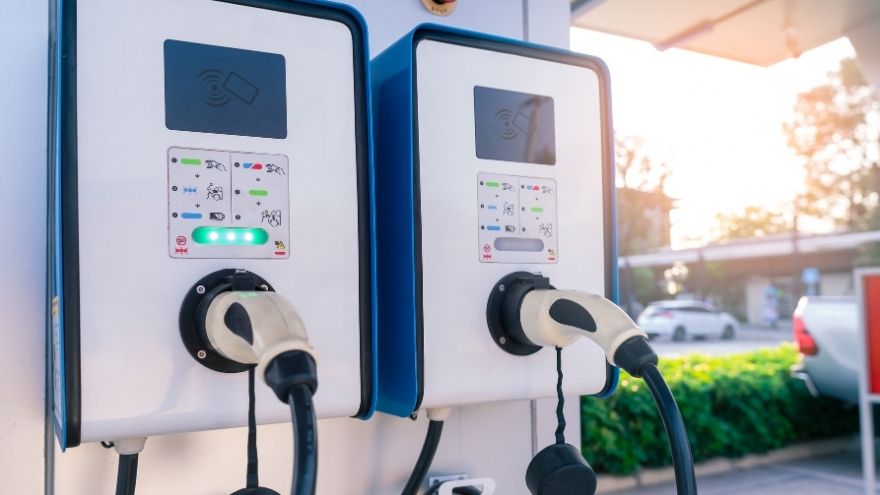
Check the residual current circuit breakers at the Onninen wholesaler
What to remember when designing vehicle charging stations?
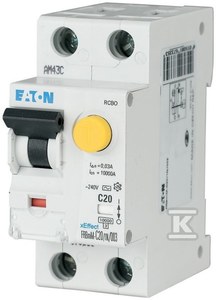 When designing your own electric vehicle charging station, there are several key aspects that we must not forget about. One of the most important is the need to provide an appropriate separate electrical circuit for our station. This issue may seem technical and complicated, but it is worth paying attention to to avoid problems and increase the efficiency of our charger.
When designing your own electric vehicle charging station, there are several key aspects that we must not forget about. One of the most important is the need to provide an appropriate separate electrical circuit for our station. This issue may seem technical and complicated, but it is worth paying attention to to avoid problems and increase the efficiency of our charger.
It is worth realizing that charging electric vehicles introduces a long-term load on the electrical system. Network providers often describe this as an additional 11 kW of load per charging point. This is important information because by taking into account power losses and power cables, we can better assess whether our installation is ready for this challenge. However, it is worth remembering that whether we really need 11 kW depends on individual needs and conditions. This may be a contractual value that provides some margin of safety.
When do you need to inform your energy supplier about an electric vehicle charging station?
The decision to notify your energy supplier of your intention to install a vehicle charging station can be a complex issue, with many factors to take into account. The key issue is the power rating of our charging point and the existing rules and regulations in the area.
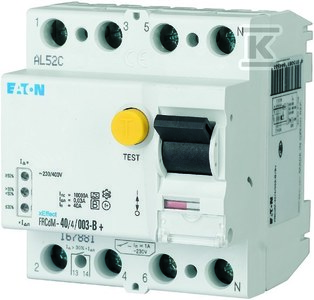 If we are considering a charging station with a relatively low power, below 3.7 kW, it may turn out that we need approval from the energy supplier. Why? This is due to the possibility of a negative impact on the power supply network. Such reporting may seem like a formality, but it is actually important to maintain the integrity and security of the energy system.
If we are considering a charging station with a relatively low power, below 3.7 kW, it may turn out that we need approval from the energy supplier. Why? This is due to the possibility of a negative impact on the power supply network. Such reporting may seem like a formality, but it is actually important to maintain the integrity and security of the energy system.
If you are planning to modernize existing installations and equip them with electric vehicle charging stations, it is definitely worth informing your energy supplier. This change is often considered a major modification to the electrical system and therefore requires careful inspection by qualified personnel.
What factors are crucial for a public vehicle charging station?
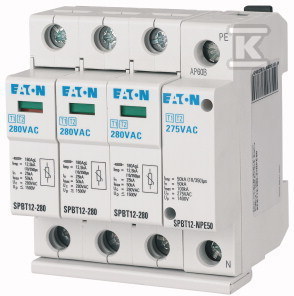 Publicly available electric vehicle charging stations are a key element in the development of electromobility infrastructure, enabling owners of electric vehicles easy access to energy. However, when designing such stations, a number of factors must be taken into account that affect their functionality and compliance with local regulations.
Publicly available electric vehicle charging stations are a key element in the development of electromobility infrastructure, enabling owners of electric vehicles easy access to energy. However, when designing such stations, a number of factors must be taken into account that affect their functionality and compliance with local regulations.
Local regulations play an important role in the design of publicly accessible charging stations. Many places have special requirements, which may include the need for a separate energy meter or specific standards for safety devices or station enclosures. Therefore, it is worth familiarizing yourself with the regulations in force in your area.
Public charging stations may require additional authorization methods to ensure access control. Popular methods include NFC (near field communication) or RFID (radio frequency identification) chips, which allow only authorized users to use the charger.
Check the residual current circuit breakers at the Onninen wholesaler
Do you need to use residual current circuit breakers for vehicle charging stations?
The decision to use EATON residual current circuit breakers for electric vehicle charging stations is important and related to the safety and protection of electrical devices. The IEC/EN 60364-5-53 standard specifies that new installations, especially those that do not have an external lightning protection system or a short overhead connection, should be equipped with at least a class II (T2) SPD. This SPD should be mounted as close as possible to where the power connector enters the building (zone LZP0/LPZ1). However, in the case of charging stations located outside the building or in a decentralized manner, the risk of being affected by discharges or overvoltages is higher.
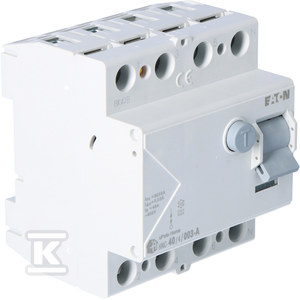 The type of surge protection you choose may depend on the charging station manufacturer. Some companies already offer charging stations equipped with appropriate surge protection, which can simplify the installation process. It is worth paying attention to class II (T2) surge arresters, which also meet test class III (T3). Thanks to this, they provide protection both at the level of electrical installations and electronic devices.
The type of surge protection you choose may depend on the charging station manufacturer. Some companies already offer charging stations equipped with appropriate surge protection, which can simplify the installation process. It is worth paying attention to class II (T2) surge arresters, which also meet test class III (T3). Thanks to this, they provide protection both at the level of electrical installations and electronic devices.
Class II (T2) SPDs meet the basic requirements, but Test Class III (T3) SPDs go a step further by offering additional protection for sensitive electronic devices. These devices meet additional requirements to provide comprehensive protection.
How to choose a residual current device for a vehicle charging station?
Installing an electric vehicle charging station is a serious matter that requires consideration of many aspects, including the proper residual current device (RCD). Selecting the right RCD is crucial to ensuring the safety and reliability of charging operations. Charging electric vehicles is considered a special application and is covered by the IEC/EN 60364-7-722 standard. These standards define specific requirements for RCDs for electric vehicle charging stations.
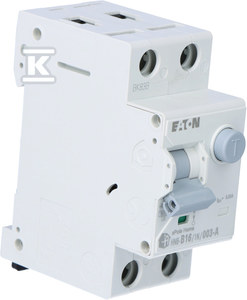 In TN networks, the RCD serves as fault protection and usually has a rated residual current of no more than 30 mA. In TT networks, the RCD serves as both fault protection and supplementary protection. In both cases, sockets up to 32 A (depending on location) should be equipped with RCDs with a sensitivity of no more than 30 mA. The IEC/EN 61851-1 and IEC/EN 60364-7-722 standards recommend the use of type B RCDs in electric vehicle charging applications. RCD type B is more resistant to DC currents that may occur during charging.
In TN networks, the RCD serves as fault protection and usually has a rated residual current of no more than 30 mA. In TT networks, the RCD serves as both fault protection and supplementary protection. In both cases, sockets up to 32 A (depending on location) should be equipped with RCDs with a sensitivity of no more than 30 mA. The IEC/EN 61851-1 and IEC/EN 60364-7-722 standards recommend the use of type B RCDs in electric vehicle charging applications. RCD type B is more resistant to DC currents that may occur during charging.
Since DC currents may affect the safety of the installation, it is worth considering using an RCD type A or F with additional protection for currents with a direct component up to 6 mA DC. This protection can come from additional devices called RDC-DD or RCM. These devices are increasingly being incorporated into electric vehicle charging stations, which brings several benefits, such as automatic interruption of the charging session in the event of a fault.
Check the residual current circuit breakers at the Onninen wholesaler